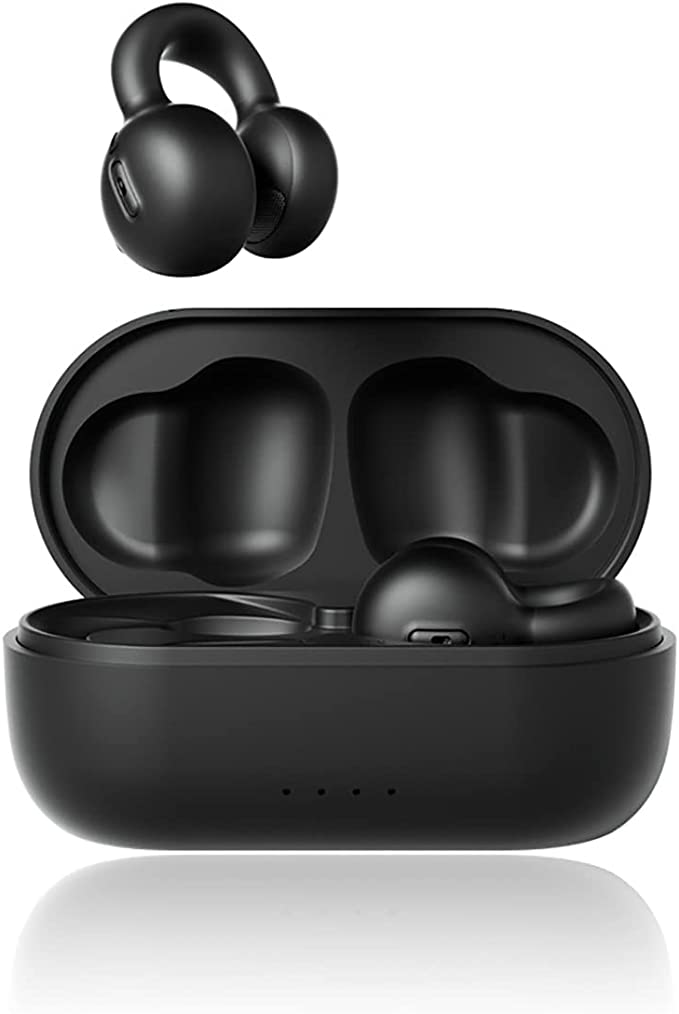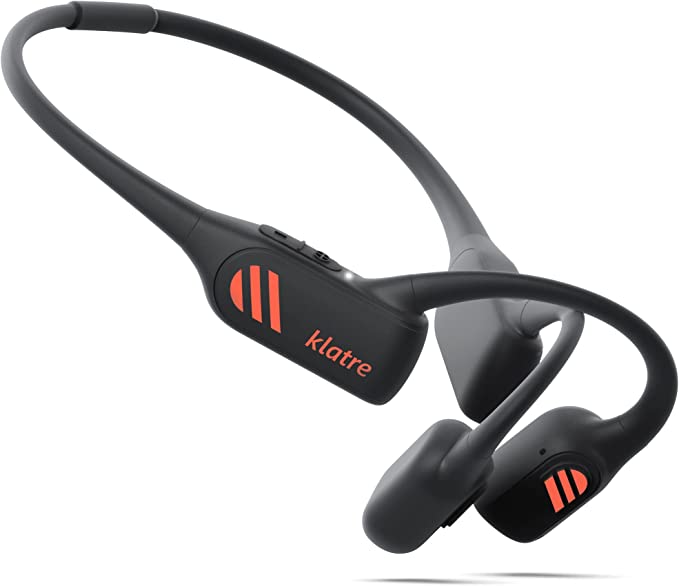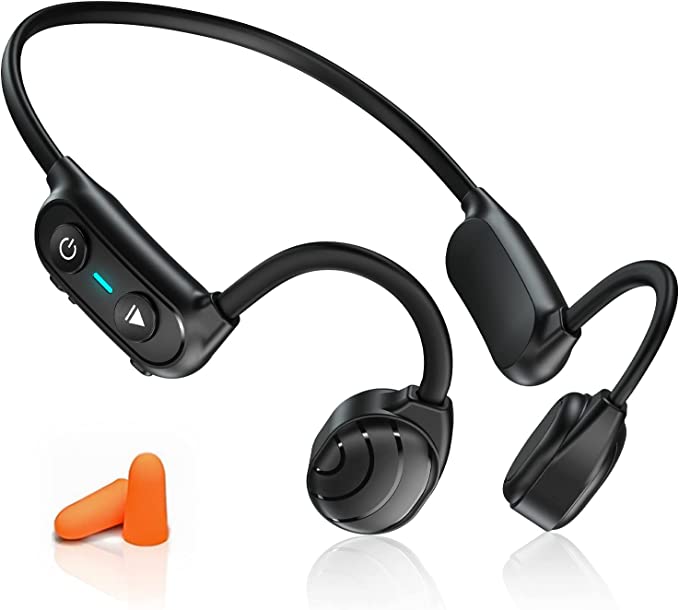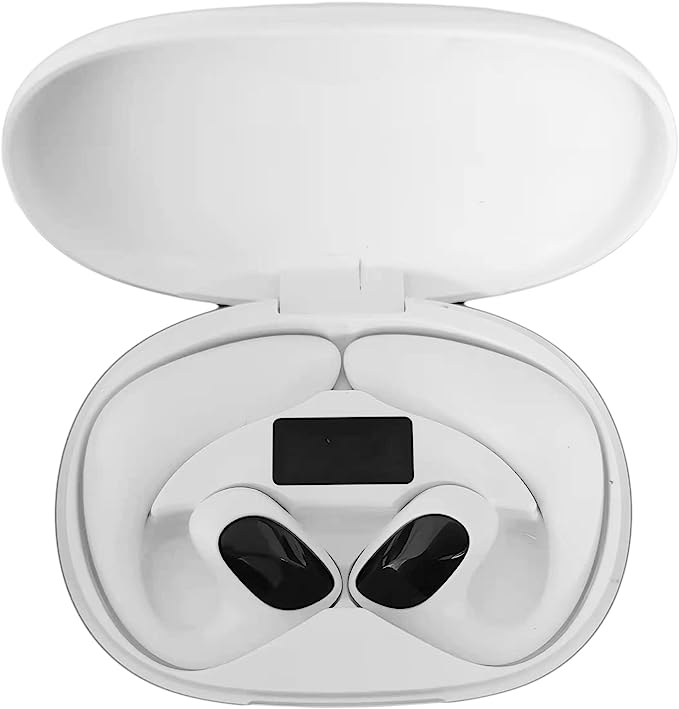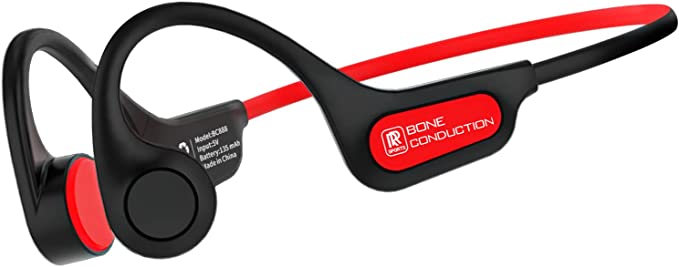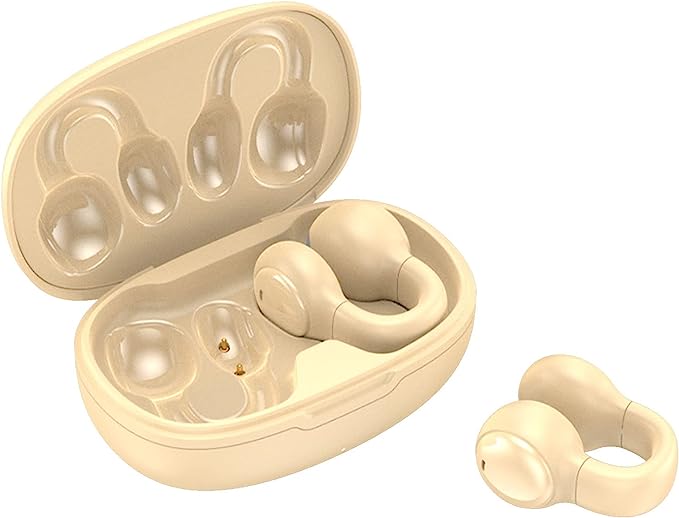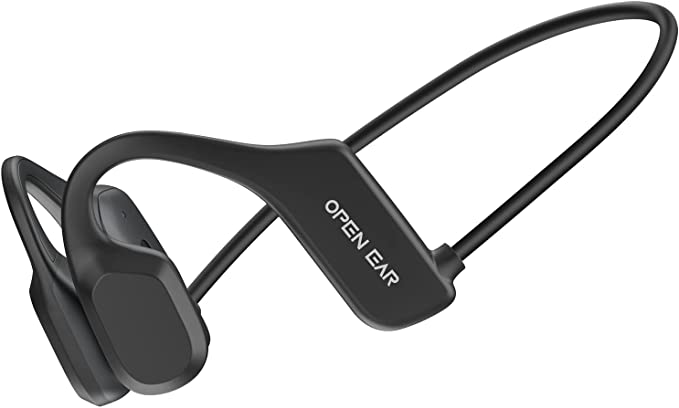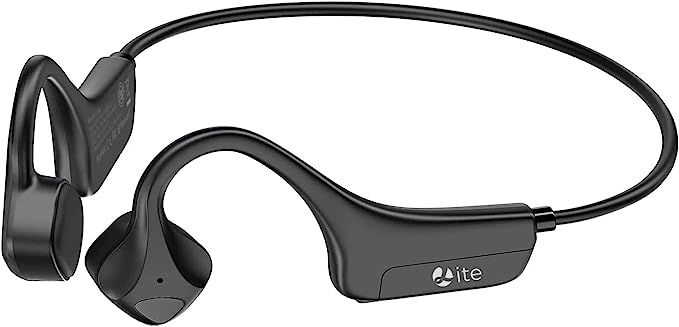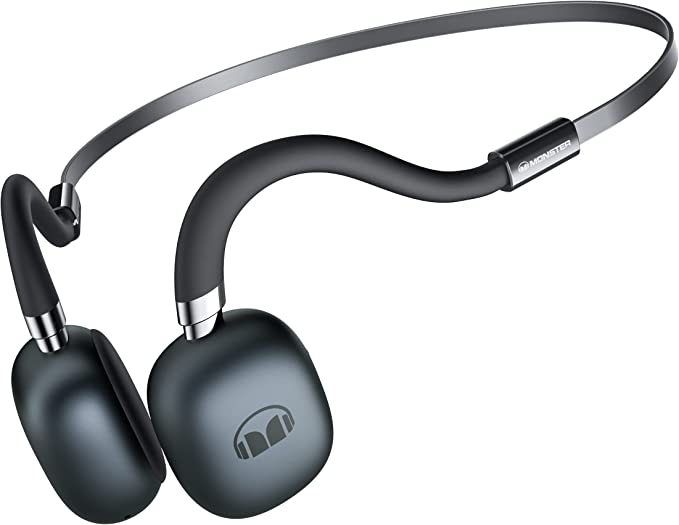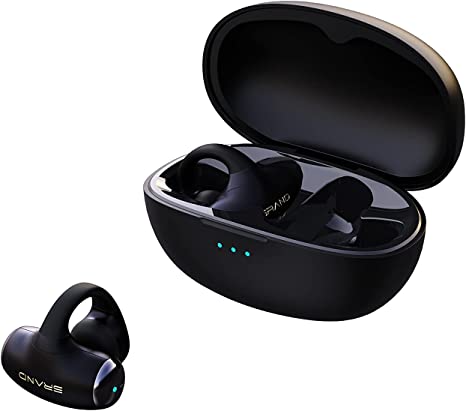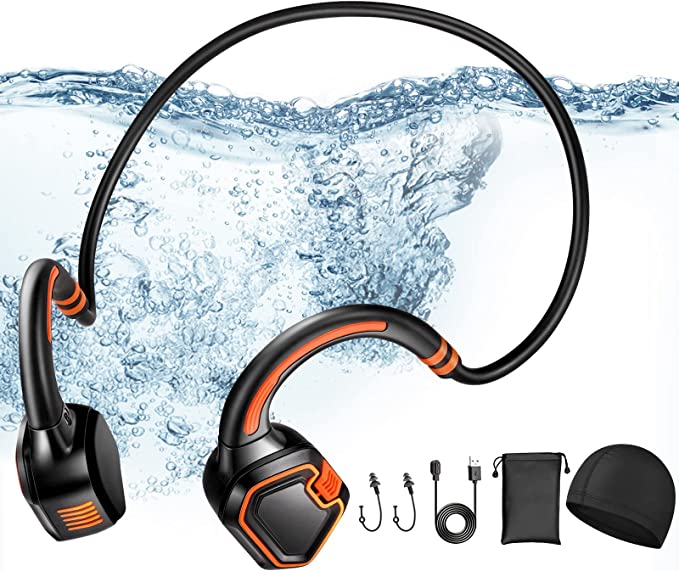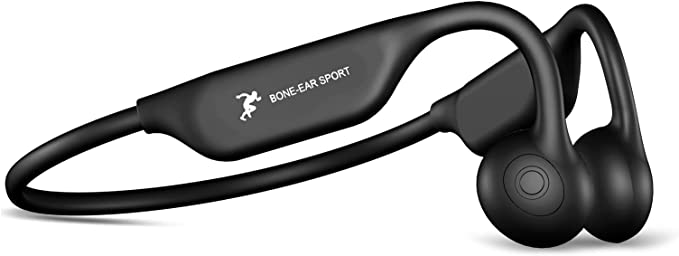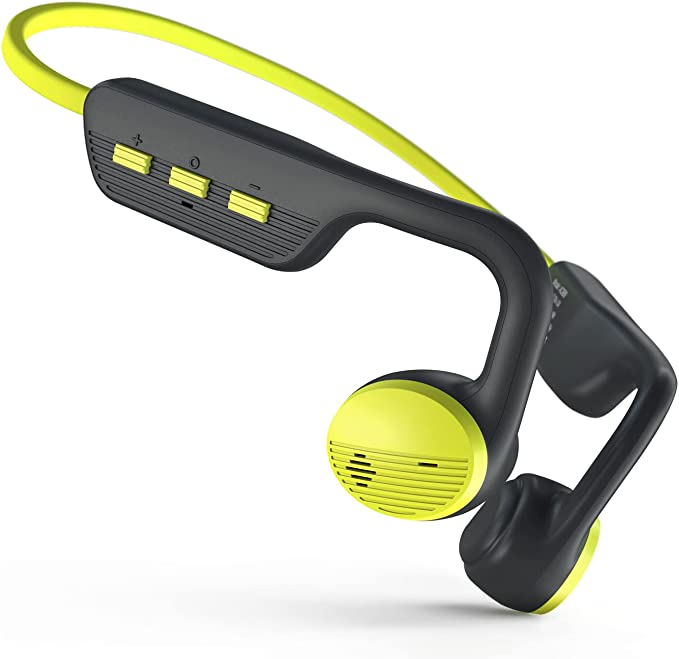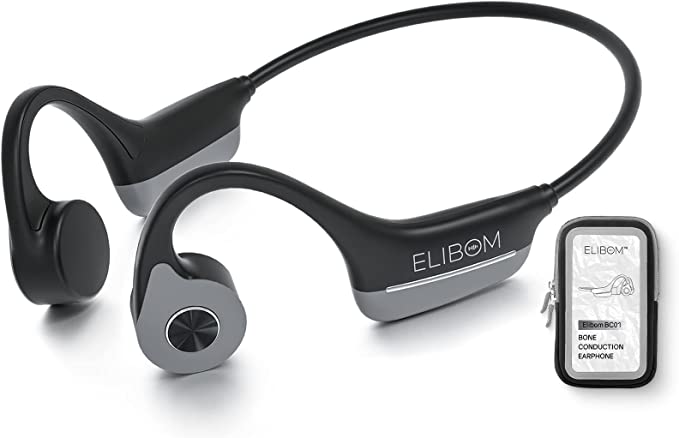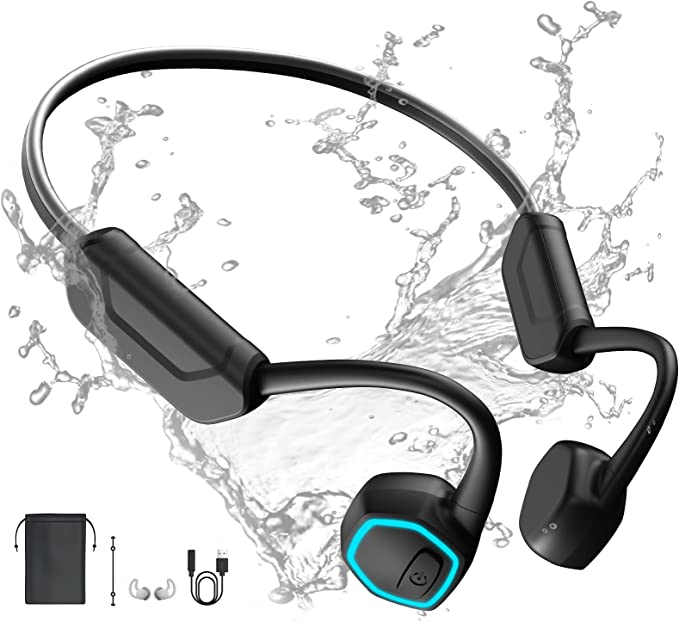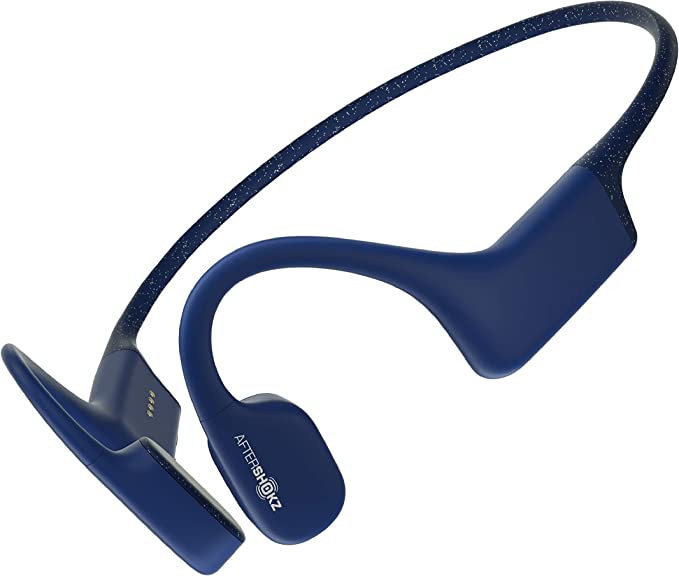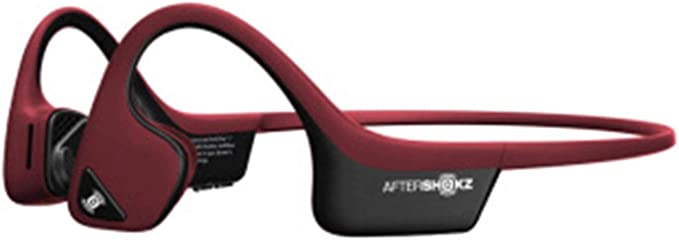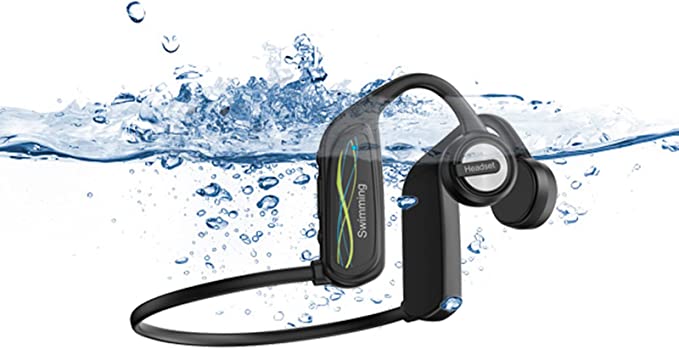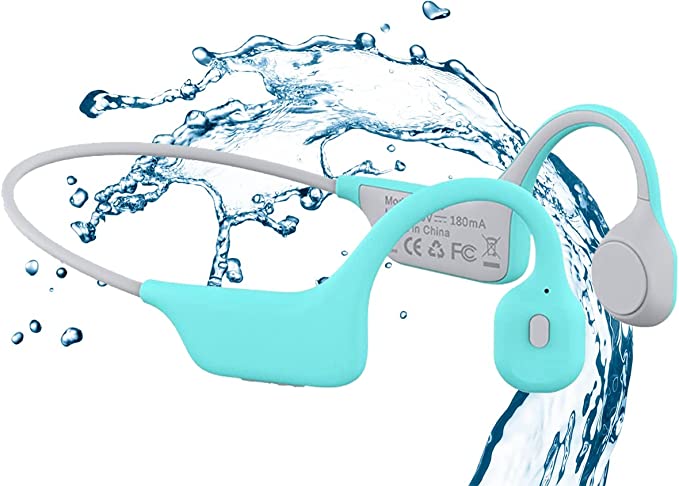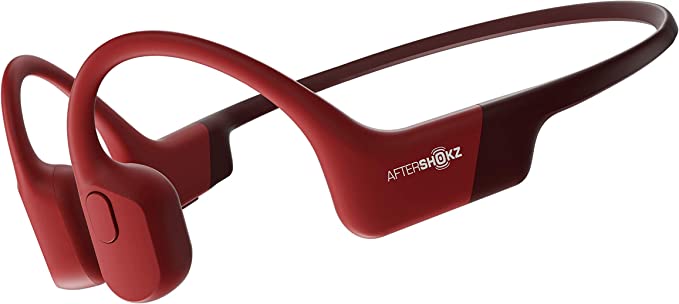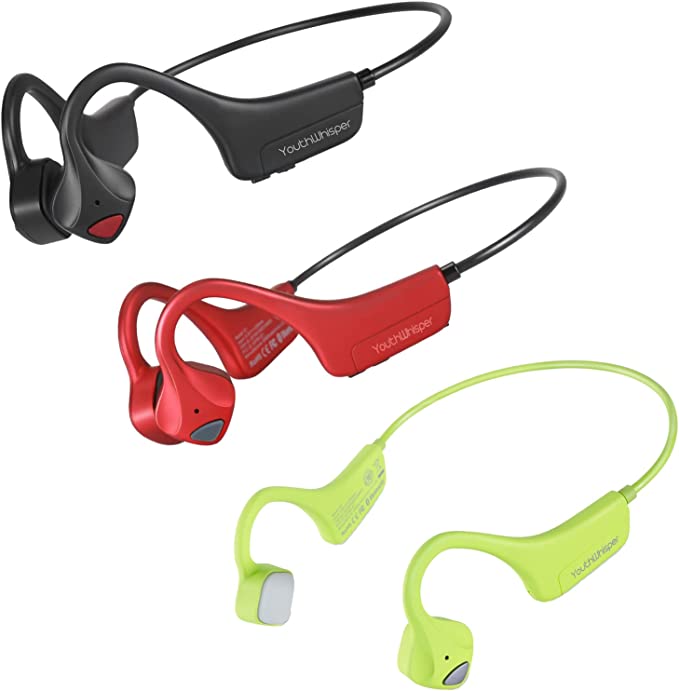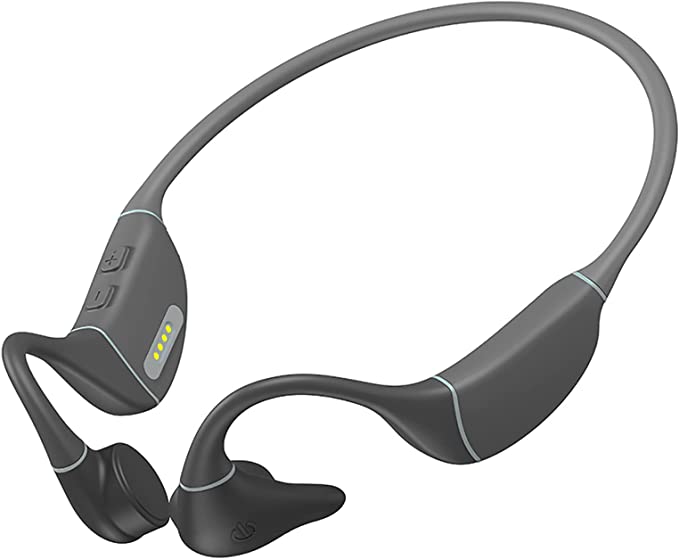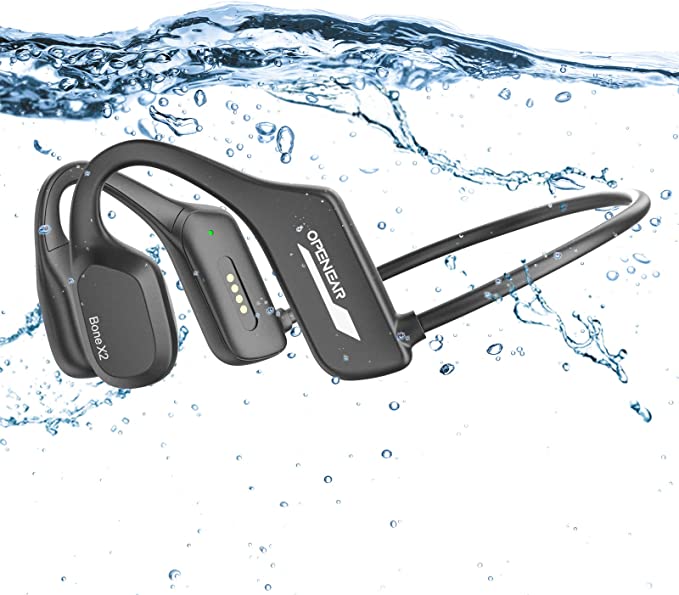The Skull as a Speaker: Decoding the Biomechanics of Bone Conduction (Case Study: Kaibo Flex)
Update on Nov. 24, 2025, 5:38 a.m.
We are conditioned to believe that hearing requires the ear canal. For centuries, personal audio has been defined by the act of blocking, plugging, or covering the ear to direct air pressure toward the eardrum. But evolution provided us with a secondary pathway for sound—one that Ludwig van Beethoven famously exploited by biting on a metal rod attached to his piano to “hear” his compositions through his jawbone.
This secondary pathway is Bone Conduction.
While it often feels like sci-fi technology, it is grounded in simple biomechanics. Today, devices like the Kaibo Flex are commercializing this biological backdoor, promising a blend of audio and environmental awareness. But how does it actually work? And why do some users claim it “tickles” or “leaks” sound? To understand this, we must dissect the physics of the Piezoelectric Transducer.

The Mechanism: Piezoelectricity vs. Electromagnetism
Traditional speakers (Dynamic Drivers) use electromagnetism to move a light cone back and forth, pushing air. Bone conduction headphones, however, utilize Piezoelectric Transducers.
[Image of piezoelectric transducer diagram]
These transducers convert electrical signals into mechanical vibrations rather than air pressure waves. When the Kaibo Flex rests on your cheekbones (specifically the zygomatic arch), these vibrations are transmitted through the bone density, bypassing the outer and middle ear entirely, and stimulating the cochlea directly.
This creates a unique sensory experience:
1. The “Inner Voice” Effect: The sound feels like it is originating inside your head, similar to how you hear your own voice.
2. Tactile Bass: Low frequencies require large movements. Since there is no air to cushion the blow, heavy bass tracks can often be felt as a physical tickle on the skin—a phenomenon some users love and others find unusual.

[Image of human ear anatomy bone conduction path]
Debunking the “Leakage” Myth
A common criticism found in user reviews of bone conduction gear is: “I can hear the music when I hold them away from my head, so they aren’t real bone conduction.”
This is a misunderstanding of physics. Vibration creates sound. If you vibrate a table, the table pushes air, creating sound. Similarly, when the housing of the Kaibo Flex vibrates to send signals to your bone, the outer casing also vibrates against the air. This creates what engineers call Acoustic Leakage.
It is physically impossible to have a vibrating object in an atmosphere without generating some air conduction sound. High-quality engineering aims to minimize this leakage through phase-cancellation technologies, but its presence proves the device is working hard to vibrate, not that it is “fake.”
The “Hybrid” Approach and Battery Physics
Generating vibrations through bone (which is denser than air) requires significantly more energy than moving a lightweight paper cone. This leads to the “Battery Anxiety” often associated with the category.
The Kaibo Flex addresses this through a Modular Power Architecture. By incorporating a Wireless Charging Dock, the design separates the power source. The headset carries enough battery for the workout (approx. 8 hours), while the dock holds the reserve (20+ hours). This engineering choice allows the headset to remain lightweight (30g) and comfortable without being weighed down by a massive internal battery—a crucial factor for runners who need the device to stay secure without bouncing.

Situational Awareness: The Biology of Safety
The primary utility of Open-Ear design is not fidelity, but Safety. This relies on the brain’s ability to process two distinct audio streams:
1. The Environmental Stream: Traffic, wind, footsteps (Air Conduction).
2. The Audio Stream: Music, Podcasts (Bone Conduction).
Because these streams enter the cochlea via different physical pathways, the phenomenon of Auditory Masking (where loud sounds drown out quiet ones) is slightly mitigated compared to plugging the ear canal. This makes devices like the Kaibo Flex essential equipment for cyclists and urban runners. It allows the Cortical Processing of a car horn to override the audio of a podcast instantly, potentially preventing accidents.

Human Interface: Touch and Sensors
In an active scenario, fine motor control is diminished. Fumbling for small buttons while sprinting is frustrating. The shift towards Smart Touch Sensors and Wearable Detection, as seen in the Flex, reflects a move towards “invisible interfaces.”
By using capacitive touch (detecting the electrical charge of a finger), users can control playback with gross motor movements (taps) rather than precision clicks. Furthermore, wearable detection sensors (likely optical or capacitive) manage power efficiency by pausing transmission when contact with the skin is lost—preserving that precious energy needed for vibration.

Conclusion: Understanding the Trade-off
Bone conduction is not a replacement for high-fidelity studio headphones. The physics of transmitting sound through bone creates inherent limitations in sub-bass extension and distinct clarity.
However, examining devices like the Kaibo Flex reveals that the goal isn’t perfect audio—it’s perfect utility. It is about the engineering of compromise: trading deep bass for the ability to hear an approaching truck; trading isolation for connection. For the active user, this is a trade worth making.

